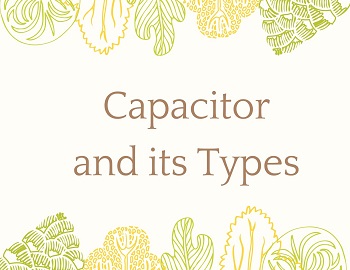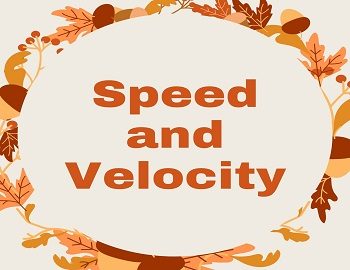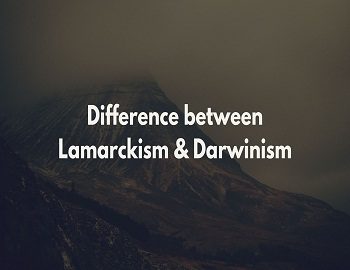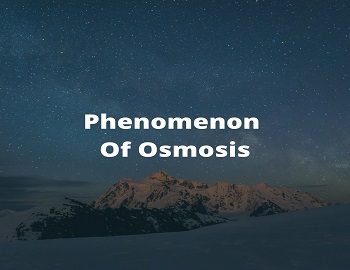What is Capacitor?
A capacitor is nothing but the two conducting surfaces, separated by an insulating medium called a dielectric. These conducting surfaces could be in the form of rectangular, circular, spherical or cylindrical in shape.
A capacitor is also called condenser. The commonly used dielectrics in capacitors are paper, mica, air etc.
Types of Capacitors:
Mostly, the capacitors are classified based on the size and shape of the plates used. Example- parallel plate, cylindrical, concentric, spherical etc. They may be classified based on the nature of the dielectric used as follows-
- Air capacitors- This type of capacitor consists of one set of fixed plates and another set of movable plates. Its capacitance can be changed by changing the position of the movable plates. This type is mainly used for radio work where the capacitance is required to be varied.
- Paper capacitors- This consists of metal foils interleaved with paper impregnated with wax or oil and it is rolled into a compact form. These are used in power supplies.
- Mica capacitors- It consists of alternate layers of mica and metal foil clamped together tightly. The use of mica makes its cost high. It is mainly used in high-frequency circuits which requires greater accuracy, high voltages and less dielectric loss.
- Polycarbonate capacitors- This is a recent development where a film of polycarbonate, metallised with aluminium is wound to form the capacitor elements. It has a relative permittivity of 2.8 and has a high resistivity with very low dielectric loss.
- Ceramic capacitors- It has metallic coatings on the opposite faces of a thin disc of ceramic material like barium titanate, hydrous silicate of magnesia etc. It is used in high-frequency radio and electronic circuits.
- Electrolytic capacitors- These are most commonly used and consists of two aluminium foils, one with an oxide film and one without. The foils are interleaved with a material such as paper saturated with a suitable electrolyte. The aluminium oxide film is formed on one foil by passing it through an electrolytic bath. This oxide film acts as a dielectric. These are used where very large capacitance values are required so used in electronic and filter circuits. The main limitations of this type are the low insulation resistance and suitability only for those circuits where the voltage applied to the capacitor never reverses its direction.









Comments (No)